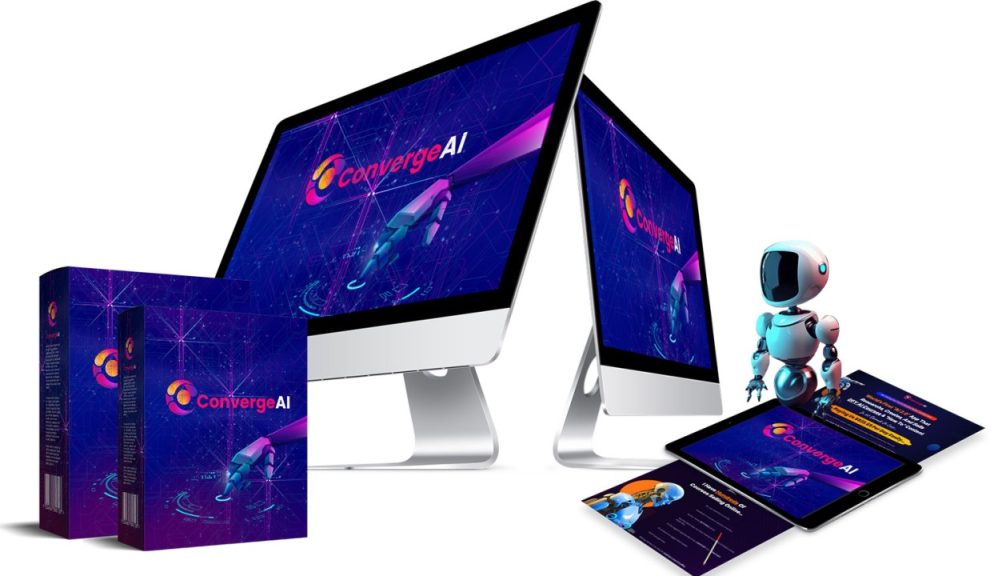The intersection of Artificial Intelligence (AI) and environmental sustainability offers solutions to challenges like climate change, biodiversity monitoring, and resource optimization. However, with the proliferation of AI techniques, a key question emerges: how do we reliably evaluate which ones perform best for environmental use cases?
This is where open frameworks come in. By providing standardized benchmarking on real-world environmental datasets, these frameworks enable transparent comparisons between different AI models. This ultimately leads to better, more impactful solutions for our planet.
The Diversity of AI Models
Modern AI encompasses a wide variety of machine learning and deep learning approaches – from classic algorithms like random forests to cutting-edge neural networks like transformers. Each technique has specific strengths and weaknesses for the unique characteristics of environmental data.
Why Evaluation Matters
Environmental datasets exhibit complexity from multiple factors: high variability, noise, missing values, class imbalance, and more. With intricate interdependencies, the choice of AI technique is crucial to extract meaningful patterns and deliver accurate predictions.
Robust benchmarking identifies the most suitable models for different environmental tasks while advancing the field as a whole.
The Role of Open Frameworks
Open frameworks bring standardization, accessibility, and transparency to the evaluation process. This drives collaboration and innovation among researchers tackling pressing environmental issues.
Key Benefits
- Standardization: Consistent processes and metrics for benchmarking models enable apples-to-apples performance comparisons.
- Accessibility: Open-source nature encourages building upon existing work as researchers contribute improved techniques.
- Transparency: Public methodologies and results build trust and help ensure ethical AI development.
Leading Open Frameworks
MLCommons
MLCommons hosts an array of benchmarks focused on real-world machine learning tasks, providing curated public datasets and measuring system performance. For environmental AI, they offer:
- Image Classification: Satellite imagery datasets and metrics to assess model accuracy for tasks like land cover mapping.
- Time Series Forecasting: Tools for forecasting air quality, energy loads, and other temporal environmental data.
Framework X
[Describe a specialized framework for environmental AI evaluation, outlining unique benchmark datasets and metrics.]Best Practices
Follow these tips when leveraging open frameworks to evaluate environmental AI:
1. Define the Problem
Clearly outline the specific environmental issue and AI task (e.g. classification, prediction). This drives framework selection and data preparation.
2. Choose the Right Framework
Select a framework suited for your problem, data types, and preferred evaluation metrics for robust benchmarking.
3. Prepare the Data
Format and pre-process datasets according to the framework’s requirements to enable accurate model comparisons.
4. Run Benchmarking
Utilize the framework’s tools to train models, evaluate performance, and compare benchmark metrics.
5. Iterate and Improve
Analyze results to identify promising techniques. Fine-tune approaches to boost performance.
Considerations for Real-World Impact
While frameworks drive innovation through research benchmarking, additional factors matter when deploying environmental AI operationally:
Robustness
Test models under different conditions to ensure reliable performance despite variability in real-world environmental data.
Explainability
Enable model interpretability to support actionable decisions and build user trust in AI recommendations.
Fairness
Mitigate potential biases in training data and continuously monitor for equitable model performance across populations.
Accelerating Sustainability with Open Frameworks
Standardized benchmarking through open frameworks brings immense value in developing performant AI solutions for environmental challenges quickly and collaboratively. Together, we can build the robust models needed to drive real progress towards sustainability.
Have you used open frameworks to evaluate environmental AI? Please share your experiences in the comments!
















Add Comment